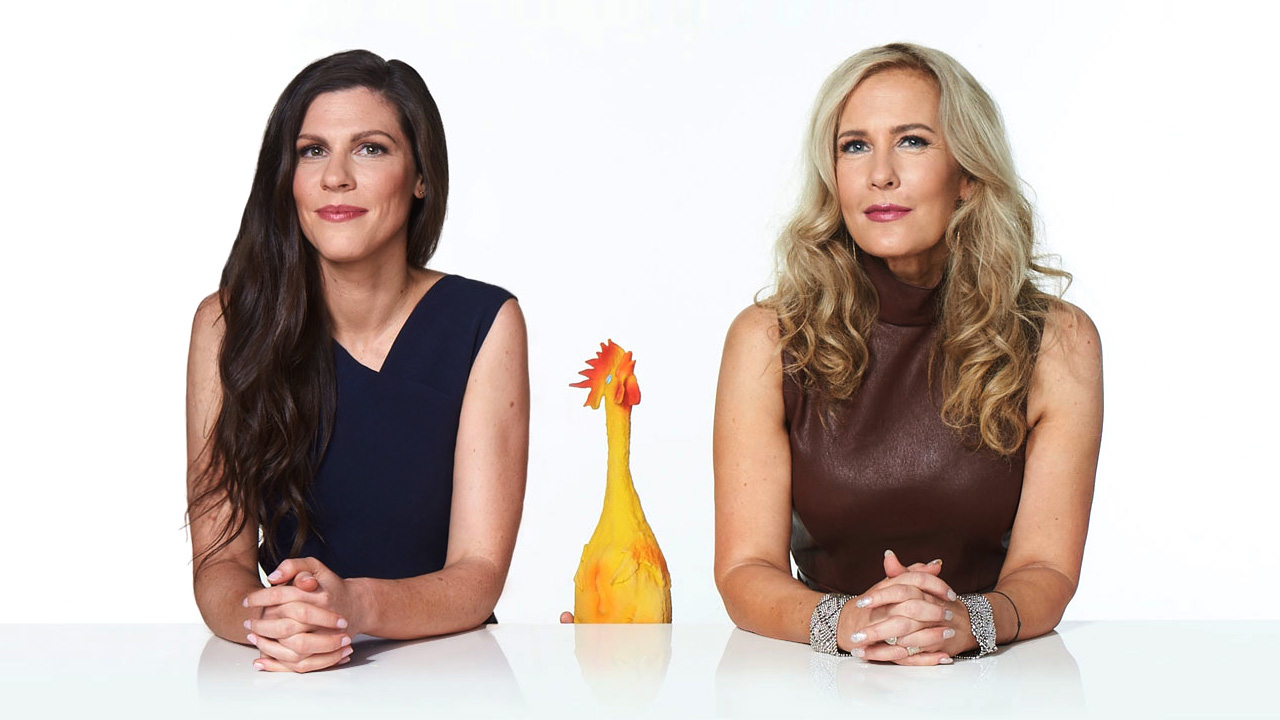| | | |
| | Brought to you by Alex Panas, global leader of industries, & Axel Karlsson, global leader of functional practices and growth platforms
| | | | | | | |
| | | | It’s an old saying with many variations: “If you love what you do, you’ll never work a day in your life.” For leaders, this can mean getting satisfaction from their own work and helping employees find purpose and fulfillment. Bringing more enjoyment to the workplace can be an important element of human-centric leadership, which benefits an organization’s culture as well as its performance. This week, we look at how leaders can make work more engaging, fun, and rewarding for everyone. | | | | | | | |
| | | Adopting a generous mindset is a key shift for leaders in today’s high-pressure workplace environment, where it’s no longer enough to focus on strategy or to have all of the answers. Leaders can be more effective when they give more of themselves to employees, according to McKinsey’s Brooke Weddle, Bryan Hancock, and Dana Maor. “This means sharing the most precious resources you have as a leader—time, experience, and wisdom—to foster a culture of collaboration, openness, empowerment, and care,” Maor says in an episode of the McKinsey Talks Talent podcast. Weddle notes that generosity of leadership can take many forms, including giving constructive feedback and taking time to address employees’ development goals in a kind and purposeful way. Being more generous with employees also pays off for leaders themselves. “There’s a further benefit for you because we all get rewarded psychologically when we’re helping others,” Hancock says. “Generosity at work raises your happiness and your work satisfaction.” | | |
| | | | | | | | | | | | | | | | | |
| People who find ways to break out of their comfort zone, or “competency trap,” can reinvigorate their careers. Media executive and journalist Gwendolyn Bounds found her escape in obstacle course racing. “I, too, was caught in a competency trap,” she says in an Author Talks interview. Bounds chronicles her experience in Not Too Late: The Power of Pushing Limits at Any Age. “I was in a cycle of sameness and leaning into work—and into the ways that I worked—very heavily.” Based on her own experience and her research, Bounds observes that taking on bold new challenges in life can help people in many ways, including making them more focused and successful at work. “Daily we mull over so many things, such as, ‘Did I nail that presentation?’ ‘That colleague said that really annoying thing to me at work.’ ‘Are we actually going to ever have an IPO?’” According to Bounds, “You can’t think about that when you are breathing at your limit and trying to climb a 17-foot rope while someone is chasing you.”
| | |
| | | | | | | |
| | | Lead by making the work experience better for all. | | | | | — Edited by Eric Quiñones, senior editor, New York
| | |
| | | |
This email contains information about McKinsey’s research, insights, services, or events. By opening our emails or clicking on links, you agree to our use of cookies and web tracking technology. For more information on how we use and protect your information, please review our privacy policy. |
|
You received this email because you subscribed to the Leading Off newsletter. |
|
|
Copyright © 2025 | McKinsey & Company, 3 World Trade Center, 175 Greenwich Street, New York, NY 10007 |
|
|
|
|
|










